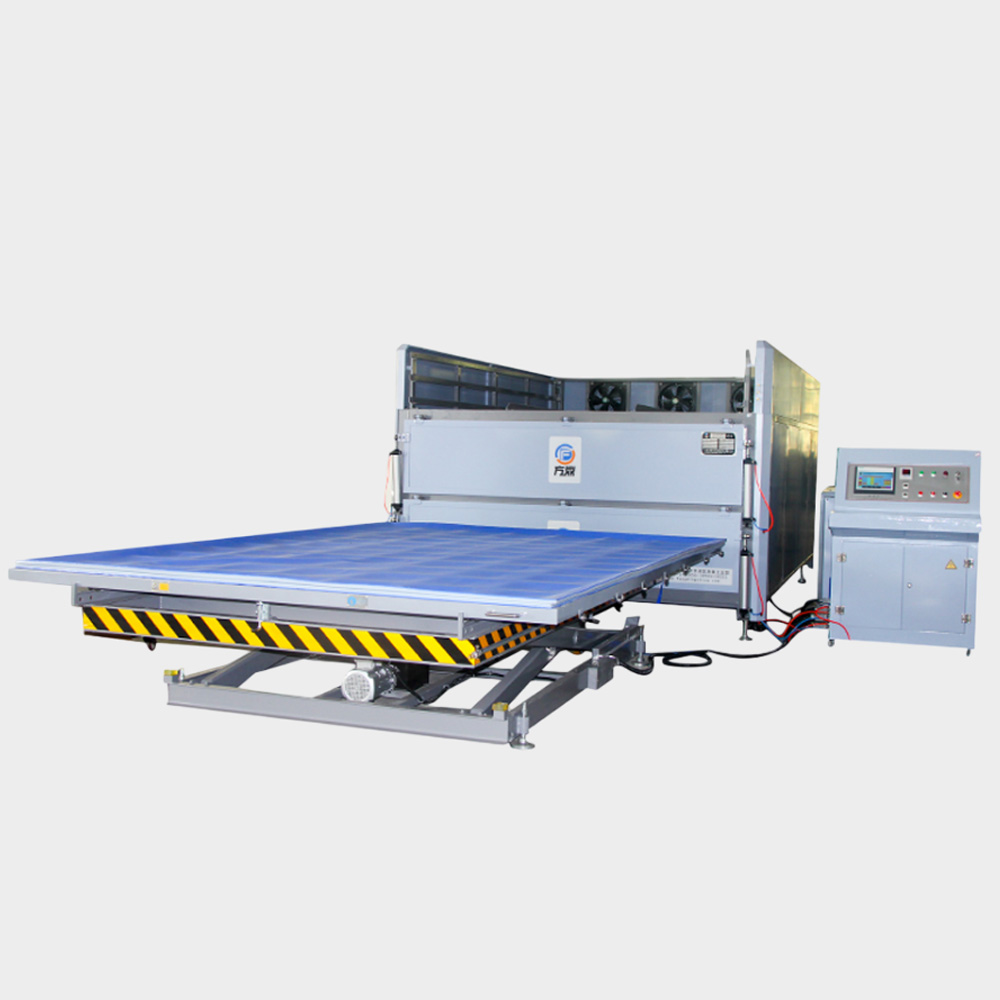Glass Lamination Units (GLUs), a cornerstone of modern architectural and safety glass applications. We’ll delve into their composition, various types, applications, and benefits, including both the industry-standard Polyvinyl Butyral (PVB) and Ethylene Vinyl Acetate (EVA) lamination methods.
Understanding the Building Blocks:
- Glass Lites: The foundation of a GLU. These can be tempered glass (shatters into blunt pieces for safety), annealed glass (standard glass), or other specialized types depending on the desired properties of the final product.
- Interlayer: The invisible hero holding everything together. Here’s a breakdown of common interlayer materials:
- Polyvinyl Butyral (PVB): The most widely used interlayer, offering a good balance of adhesion, clarity, and UV resistance.
- SentryGlas® (ionoplast): A premium choice known for exceptional clarity, superior strength, and heightened safety compared to PVB.
- Ethylene Vinyl Acetate (EVA): A cost-effective alternative to PVB, gaining popularity for its fast processing times and good adhesion properties. However, EVA may have slightly lower UV resistance compared to PVB.
A World of GLU Types:
The type of GLU is determined by its purpose:
- Safety Glass: The workhorse, utilizing PVB or EVA interlayers to hold shattered glass together, minimizing injury risks.
- Security Glass: Fortifies buildings against break-ins. Often uses thicker PVB, SentryGlas®, or EVA interlayers for superior strength and may even offer ballistic protection.
- Hurricane Glass: Engineered for regions prone to severe weather. Utilizes thicker glass plies and robust interlayers (typically PVB) to withstand powerful winds and debris.
- Decorative Glass: Integrates decorative films or fabrics within the interlayer, transforming a functional element into a design statement. Both PVB and EVA can be used for decorative purposes.
- Soundproof Glass: Employs specialized interlayer materials (often PVB with acoustic properties) to significantly reduce noise transmission, creating a quieter environment.
Unlocking the Value of GLUs:
- Enhanced Safety: GLUs prevent catastrophic shattering, minimizing the risk of injuries from falling glass.
- Elevated Security: Increased resistance to forced entry compared to single-pane glass, offering peace of mind.
- Improved Soundproofing: Specific GLUs significantly dampen unwanted noise, creating a more serene atmosphere.
- UV Protection: The interlayer helps block harmful UV rays, protecting people and furniture from sun damage.
- Design Versatility: Decorative GLUs add a unique touch to any space, incorporating aesthetics alongside functionality.
Choosing the Right Lamination Method:
- PVB Lamination: The traditional and versatile choice, offering excellent performance in most applications.
- EVA Lamination: A cost-effective option with faster processing times, well-suited for high-volume production and some architectural applications. However, consider the slightly lower UV resistance compared to PVB.
Applications for GLUs:
- Architectural glazing (windows, doors, curtain walls)
- Skylights and overhead glazing
- Shower enclosures and partitions
- Bullet-resistant glazing
- Architectural and decorative applications (laminates with colored films or fabrics)
GLUs: A Wise Investment
By understanding the composition, types, applications, and benefits of GLUs, you can make informed decisions when specifying glass for your architectural, safety, or design needs. GLUs offer a powerful combination of safety, security, functionality, and aesthetics, making them a valuable investment for any project.
